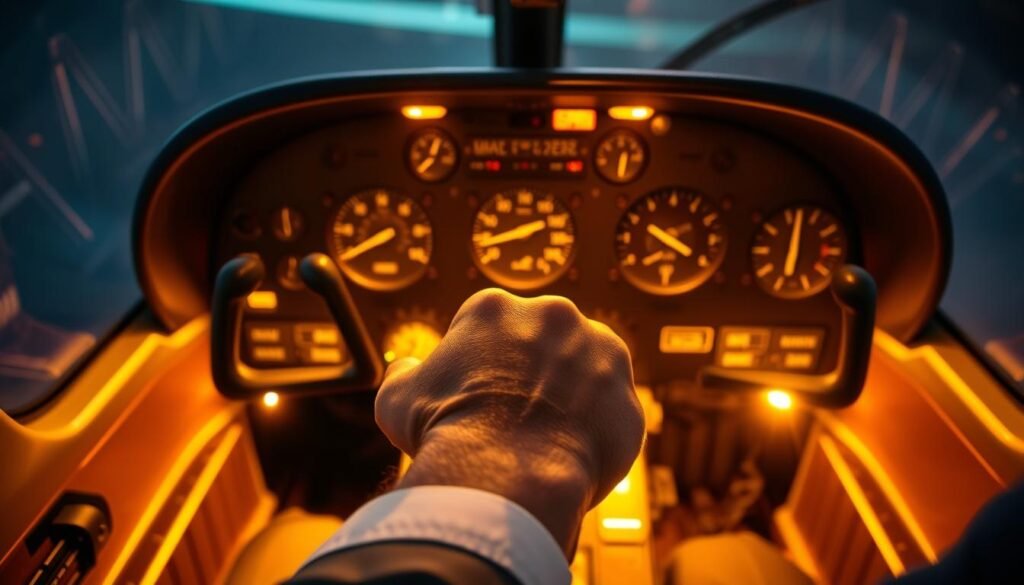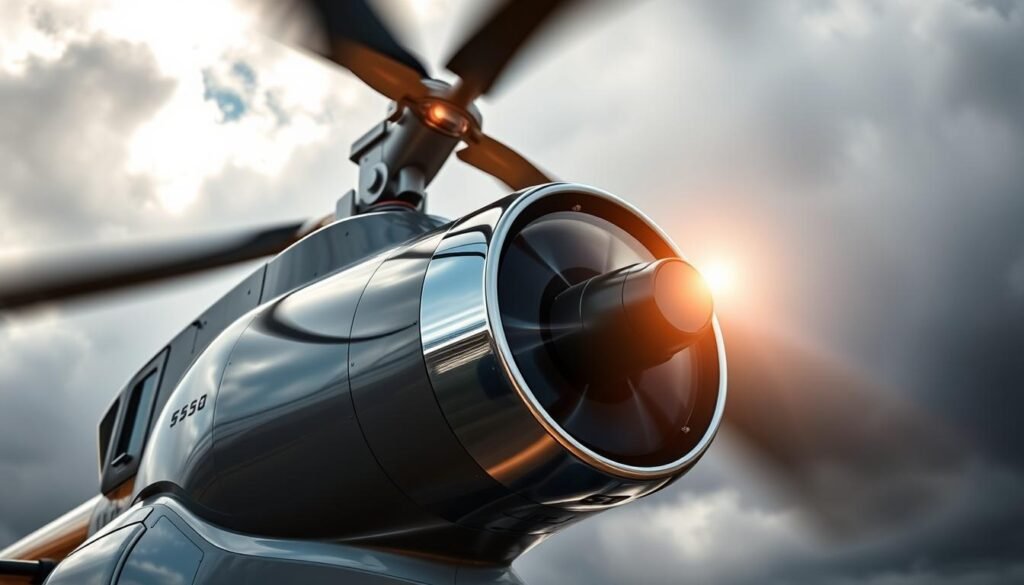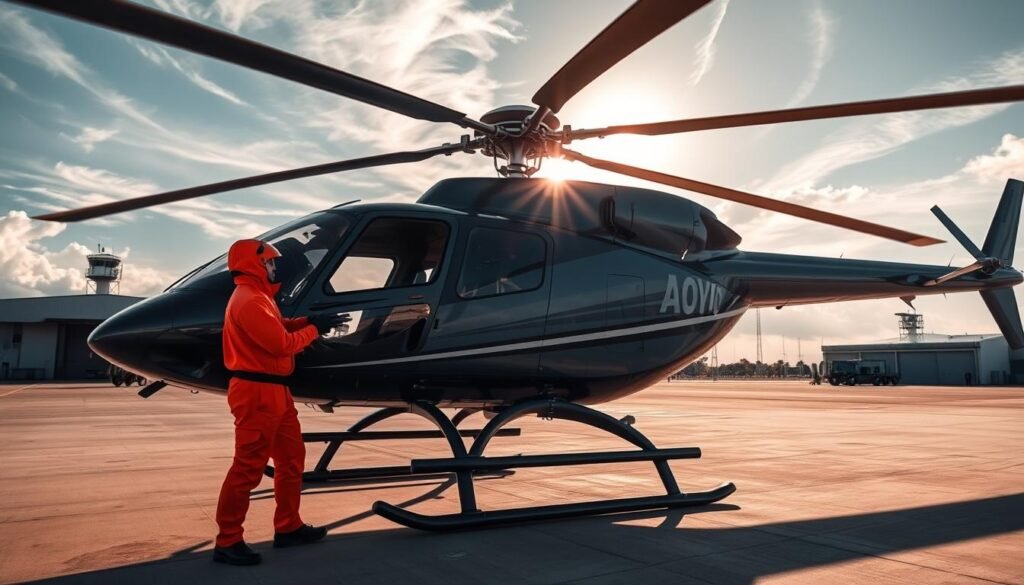Taking your first helicopter ride can be an exciting and memorable experience. Whether you’re soaring above a city skyline or exploring remote landscapes, helicopters offer a unique perspective and thrilling adventure. However, safety is a top priority for any helicopter flight, and passengers must be well-prepared to ensure a smooth and secure journey. In this article, we’ll walk you through the essential safety procedures and tips to help you prepare for your first helicopter ride.
1. Listen Carefully to the Safety Briefing
Before boarding the helicopter, your pilot or crew will provide a safety briefing. This briefing covers critical safety information, including how to board and exit the helicopter, the location of emergency exits, and what to do in case of an emergency.
Key Points to Remember:
- Follow the crew’s instructions: Pay close attention to the briefing and follow any instructions provided by the crew. They are trained to keep you safe during the flight.
- Understand the emergency procedures: Familiarize yourself with emergency exits, life vests, and any other safety equipment.
2. Wear Appropriate Clothing
Helicopter cabins can be tight, and weather conditions may vary depending on your location and altitude. It’s important to wear comfortable, weather-appropriate clothing and closed-toe shoes.
Clothing Tips:
- Avoid loose items: Loose scarves, hats, or clothing can get caught in equipment or blown around by the helicopter’s rotor wash.
- Dress for the weather: If you’re flying over cold or windy areas, bring a jacket or other layers to stay comfortable.
- Comfortable footwear: Wear sturdy, closed-toe shoes to ensure safe footing when boarding or exiting the helicopter.
3. Follow Boarding and Exiting Instructions Carefully
Helicopters have specific boarding and exiting procedures to ensure passenger safety. It’s crucial to follow the crew’s instructions and pay attention to rotor blades and other moving parts.
Best Practices:
- Wait for the pilot’s signal: Never approach or exit the helicopter until the pilot or crew gives you the signal to do so.
- Avoid the tail rotor: Always approach and exit the helicopter from the front or side, never from the rear. The tail rotor is difficult to see and can be dangerous.
- Crouch when boarding: Keep your head low and walk cautiously when boarding or exiting the helicopter, as the rotor blades may be closer than they appear.
4. Secure Your Seatbelt Properly
Once you’re inside the helicopter, the crew will ensure you’re seated and your seatbelt is properly secured. Helicopter seatbelts differ slightly from those in cars or planes, so it’s important to listen to the crew’s instructions on how to buckle up.
Why It’s Important:
- Turbulence and maneuvers: Helicopters can experience turbulence or sudden maneuvers, so wearing your seatbelt is essential to staying safe and secure during the flight.
- Remain seated: Keep your seatbelt fastened at all times during the flight unless instructed otherwise by the pilot.
5. Keep All Personal Items Secure
Loose items can become hazards in a helicopter due to the confined space and strong rotor wash. It’s important to keep all personal belongings secure and stored properly.
What to Do:
- Store bags and belongings: Place any bags or loose items in the designated storage areas to prevent them from moving around during the flight.
- Avoid using devices during takeoff and landing: While most helicopters allow passengers to take photos or videos, avoid using devices during critical moments like takeoff and landing to stay focused on safety instructions.
6. Use Noise-Canceling Headsets
Helicopters can be noisy, and most flights provide passengers with noise-canceling headsets. These headsets not only reduce the noise of the rotors but also allow you to communicate with the pilot and other passengers during the flight.
How to Use Them:
- Wear the headsets at all times: Keep your headset on during the flight to protect your hearing and stay in communication with the crew.
- Follow the pilot’s instructions: If the pilot provides any in-flight instructions or information, you’ll be able to hear them clearly through the headset.
7. Stay Calm During the Flight
For first-time passengers, helicopter flights can be a bit nerve-wracking. However, staying calm and following safety procedures will ensure a smooth experience.
Tips for Staying Calm:
- Focus on the experience: Enjoy the incredible views and unique experience of flying in a helicopter. Keep your focus on the adventure rather than any anxieties.
- Trust the crew: Helicopter pilots are highly trained professionals who have undergone extensive training. Trust that they are prioritizing your safety throughout the flight.
8. Follow Safety Procedures for Landing
Just like with boarding, landing a helicopter requires careful attention to the crew’s instructions. Be prepared to follow the safety procedures for a safe exit.
Landing Procedures:
- Wait for the signal: Do not unbuckle your seatbelt or attempt to exit until the crew signals that it’s safe to do so.
- Exit cautiously: When it’s time to exit, follow the same procedure as boarding—keep your head low, avoid the tail rotor, and follow the crew’s instructions.
Conclusion
Your first helicopter ride is sure to be an unforgettable experience, but it’s essential to prioritize safety throughout the journey. By following these safety procedures—listening to the crew, securing your seatbelt, avoiding the tail rotor, and keeping calm—you’ll ensure a safe and enjoyable flight. Whether you’re flying for sightseeing, business, or adventure, these safety tips will help you make the most of your first helicopter ride while staying secure.
Related Articles
- How to Avoid Common Helicopter Pilot Errors: A Guide to Safe Flying
- The Role of Air Traffic Control in Helicopter Safety
- Helicopter Safety in Bad Weather: Tips for Flying in Adverse Conditions
- How to Safely Land a Helicopter in Challenging Conditions
- The Importance of Proper Helicopter Maintenance for Flight Safety
More from This Category
- Understanding Helicopter Weight and Balance: Why It’s Crucial for Safe Flying
- Emergency Procedures in Helicopter Flights: How to Handle In-Flight Incidents
- Helicopter Pre-Flight Inspections: What Pilots Must Check Before Takeoff
- How to Prepare for Your First Helicopter Ride: Safety Procedures for Passengers
- Top 10 Helicopter Safety Tips Every Pilot Should Know



